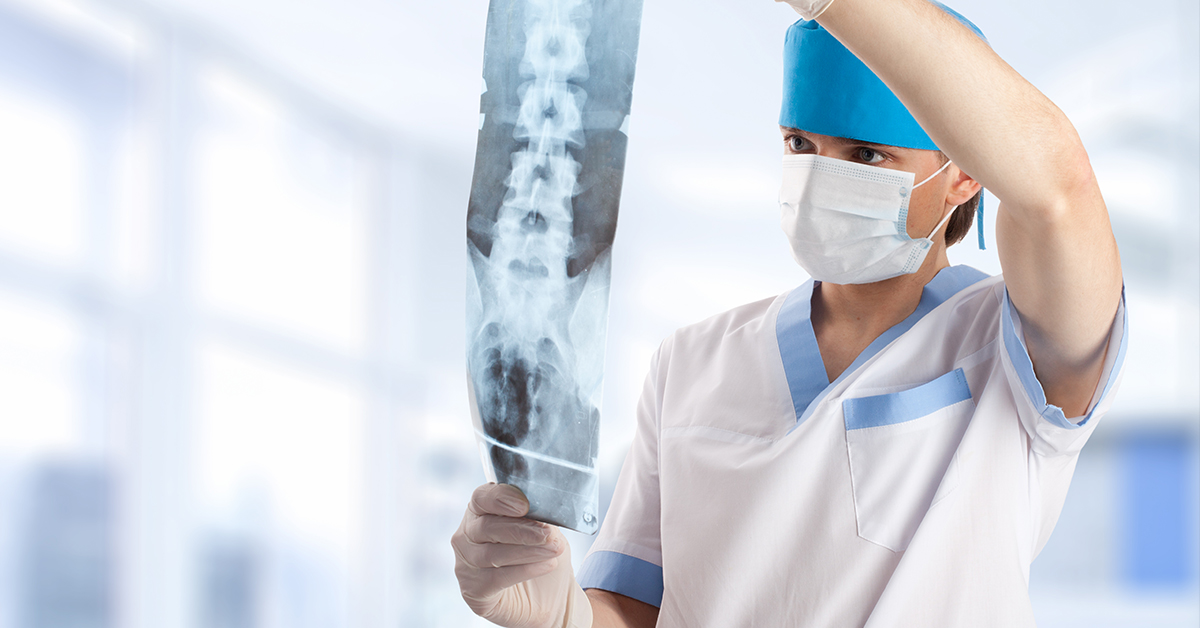Networking with the Best Spine Surgeons in St Louis MO for Comprehensive Treatment
An Introduction of Back Problems That Frequently Cause Surgical Treatments
Spine conditions such as herniated discs, spinal stenosis, and degenerative disc condition regularly demand surgical treatments when conservative therapies fail to ease relentless symptoms. Recognizing the subtleties of each problem and the matching medical alternatives, such as discectomy or back blend, is critical for reliable management.
Herniated Discs
Although several individuals with herniated discs might discover relief with traditional therapies, surgical treatment becomes a needed factor to consider when symptoms intensify or persist - best spine surgeons in st louis mo. A herniated disc happens when the soft internal gel of a back disc sticks out via its external layer, potentially compressing neighboring nerves and leading to discomfort, feeling numb, or weak point in the extremities
Conventional monitoring generally consists of physical therapy, discomfort medications, and corticosteroid injections, which aim to minimize swelling and boost feature. Nonetheless, in cases where these approaches fail to reduce incapacitating signs and symptoms, surgical choices may be explored.
The most usual surgery for herniated discs is a discectomy, which involves the removal of the herniated section of the disc to relieve stress on the affected nerve root. In much more serious situations, back combination may be needed to support the affected vertebrae.
Individuals are suggested to review the prospective dangers and advantages of surgical procedure with their medical care service provider to make an informed decision. Ultimately, the goal of any type of surgical intervention is to restore function, ease discomfort, and enhance general quality of life for individuals struggling with herniated discs.
Spine Stenosis
Spinal stenosis happens when the rooms within the back slim, causing increased stress on the spinal cable and nerves. This condition can create in numerous areas of the spinal column, including the cervical and back locations, usually because of age-related adjustments, such as degenerative disc condition, arthritis, or thickening of tendons.
Patients with spine stenosis might offer with symptoms that consist of pain, numbness, tingling, or weak point, mainly in the arms or legs. These signs can be exacerbated by activities that entail standing or strolling, frequently leading people to look for alleviation through conservative therapies like physical treatment, drugs, or epidural steroid shots.
However, when these non-surgical treatments stop working to provide adequate alleviation, surgical choices may be thought about. Common medical treatments for spine constriction consist of laminectomy, which includes the removal of component of the vertebra to alleviate pressure, and spine fusion, which maintains the afflicted location.
Spondylolisthesis
Spondylolisthesis takes place when one vertebra slips forward over another, bring about imbalance of the back. This problem can arise from various variables, consisting of genetic problems, injury, or degenerative adjustments in the back. It is most generally observed in the back area, particularly at the L4-L5 More about the author and L5-S1 degrees.

When non-surgical strategies fall short to alleviate symptoms or when significant nerve compression is existing, medical treatment might be warranted. Surgical choices can include back blend or decompression treatments, intended at recovering positioning and minimizing neurological signs.
Degenerative Disc Illness

The condition can be identified with a mix of medical assessment, imaging researches, and person background. When these strategies fail to supply ample relief, surgical treatments may be thought about.
Surgical alternatives for DDD may include spine blend or artificial disc replacement, aimed at stabilizing the affected segment and relieving pain (best spine surgeons in st louis mo). Eventually, the selection of therapy is embellished, taking into account the intensity of the problem, individual health and wellness, and way of living factors
Back Growths

What variables contribute to the development of lumps within the back, and how do they show up in people? Spinal tumors can arise from various variables, consisting of genetic predisposition, environmental impacts, and pre-existing clinical conditions. They can be classified as primary growths, originating in the back, or second lumps, which spread from various other regions of look at these guys the body. People may provide with a variety of signs, including local discomfort, neurological shortages, weakness, or changes in digestive tract and bladder function, depending on the lump's dimension and area.
Medical diagnosis generally entails imaging learn this here now studies such as MRI or CT scans, which assist define the growth's features and effect on surrounding frameworks. In analyzing therapy choices, the tumor's quality, area, and type are important factors to consider. Surgical treatment may be warranted to relieve signs and symptoms, obtain a biopsy, or remove the tumor entirely. The goal of surgery is usually to unwind neural aspects and maintain the spine. Adjuvant therapies, including radiation or chemotherapy, might likewise be essential depending on the tumor's nature. Early discovery and treatment are crucial for maximizing end results in clients with back growths.
Conclusion
In recap, spinal column problems such as herniated discs, spinal constriction, spondylolisthesis, degenerative disc condition, and back tumors regularly necessitate surgical intervention due to their possible to cause substantial discomfort and useful disability. While traditional therapies might supply short-lived alleviation, surgical choices become important when signs and symptoms get worse or linger. Timely medical diagnosis and treatment play a vital role in bring back feature and enhancing the lifestyle for affected individuals, underscoring the relevance of extensive spine care.
